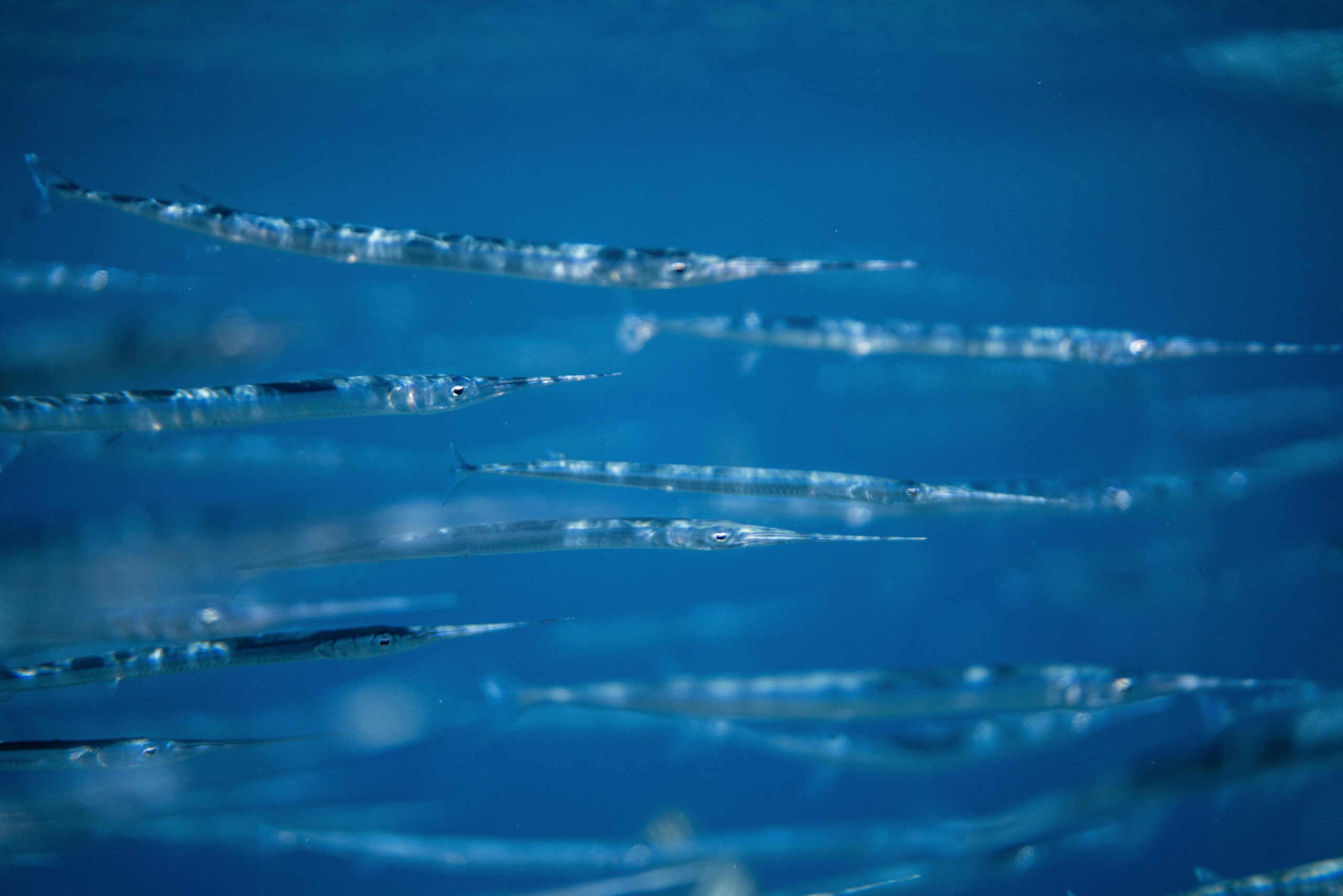Plastic-Eating Drones: Cleaning Oceans While Filming Wildlife
The effects of plastic pollution on our oceans are alarming. According to a study by the World Economic Forum, by the year 2050, there could be more plastic in the ocean than fish. With eight million tons of plastic being dumped into our oceans every year, marine life is facing a devastating crisis. Fortunately, innovative technology is being developed to combat this issue, and one such technology is plastic-eating drones. These autonomous flying machines have the ability to collect and dispose of plastic waste while filming the stunning wildlife that inhabits our oceans. In this article, we will explore how plastic-eating drones are revolutionizing clean-up efforts and how they are providing valuable insights into the world’s oceans and the creatures that call it home.
The Problem of Plastic Pollution
Plastic pollution in our oceans has been a growing concern for years, and its impact on marine life is catastrophic. The harmful effects of plastic waste range from entangling and suffocating marine animals to disrupting entire ecosystems. The popular images of sea turtles with plastic straws stuck in their nostrils and marine animals with stomachs full of plastic are just the tip of the iceberg.
However, cleaning up our oceans is an overwhelming task. Traditional methods of collecting plastic involve hiring fishermen to manually remove debris from the water, but this is a time-consuming and expensive process. Furthermore, it cannot keep up with the continuous flow of plastic waste being dumped into the ocean. As such, alternative solutions are needed to combat this crisis effectively.
The Solution: Plastic-Eating Drones
Plastic-eating drones, also known as WasteShark, are small autonomous robots designed to collect plastic waste from the surface of the ocean while simultaneously filming the marine life below. These battery-powered drones resemble a shark and are equipped with sensors and cameras to detect and collect plastic waste. They can cover up to five acres of water in just one hour and can navigate through confined spaces like harbors and marinas, where most plastic waste accumulates.
WasteShark drones can collect up to 1200 liters of waste at a time, including microplastics as small as 4mm. Once full, the drones return to a collection point where the waste is sorted and recycled. The drones can then be reused, making them a sustainable and efficient solution to ocean clean-up efforts.
The Benefits of Using Plastic-Eating Drones
One of the main advantages of using plastic-eating drones is their ability to collect plastic waste and film marine life simultaneously. This feature is essential as it provides scientists and conservationists with valuable data and insights into ocean life, which can help in better understanding and protecting these ecosystems.
The footage captured by these drones can be used to create educational documentaries to raise awareness about our oceans’ dire situation. Furthermore, it can also assist in research on plastic pollution and its impact on marine life, helping scientists to develop more effective solutions to combat this issue.
In addition to their benefits for research and conservation efforts, plastic-eating drones are also a cost-effective solution. They do not require manual labor, making them more cost-efficient than traditional clean-up methods while also being able to cover more substantial areas of water.
The Future of Plastic-Eating Drones
As technology continues to advance, so will the capabilities of plastic-eating drones. In the future, these drones could be equipped with advanced sensors and cameras to collect data on water quality, temperature, and pH levels, providing valuable information on the ocean’s overall health. This data could help identify areas where plastic pollution is the most prominent and aid in developing strategies to prevent it.
Moreover, there is also the potential for waste management companies to utilize plastic-eating drones to collect waste in rivers or lakes. This could prevent plastic from entering the oceans in the first place, further reducing the impact of plastic pollution.
The Impact of Plastic-Eating Drones
Plastic-eating drones are still in their early stages of development. However, the potential impact they can have on cleaning up our oceans and protecting marine life is immense. By removing plastic waste from our oceans and collecting valuable data, these drones are helping to preserve our marine ecosystems.
Furthermore, these drones can also inspire individuals to be more mindful of their plastic consumption and take steps towards reducing their plastic footprint. Plastic-eating drones are a powerful reminder that technology can be harnessed for good and can play a vital role in protecting our planet’s health.
Conclusion
The issue of plastic pollution in our oceans is a global crisis that requires urgent attention. Plastic-eating drones are proving to be a game-changer in the fight against this issue, providing a sustainable and scalable solution to clean up our oceans. Not only are these drones cleaning our oceans, but they are also providing valuable data and insights into marine life, which is crucial in protecting our planet’s fragile ecosystems. As technology continues to advance, we can only hope to see even greater strides in using technology for environmental conservation.











